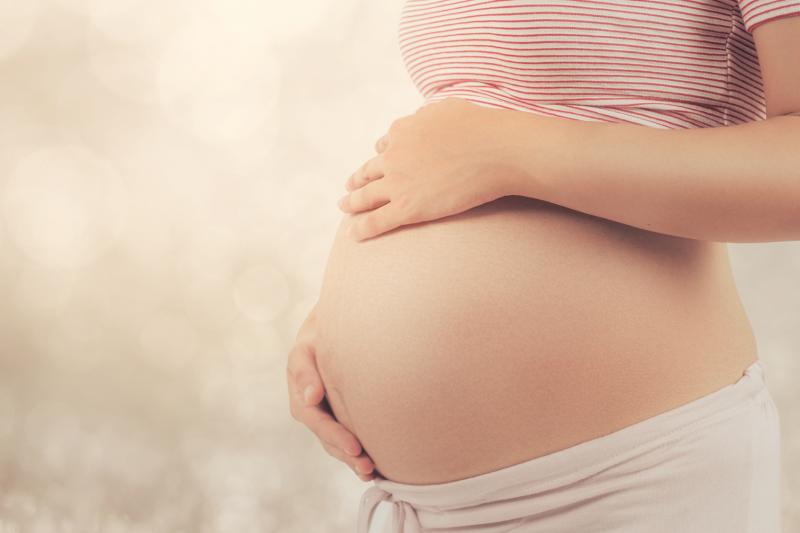 The study reaffirms that low-dose aspirin can be considered as a prophylactic of preterm delivery for women at high risk of preeclampsia
The study reaffirms that low-dose aspirin can be considered as a prophylactic of preterm delivery for women at high risk of preeclampsiaAdherence to the Dietary Approaches to Stop Hypertension (DASH) diet may reduce the likelihood of developing pre-eclampsia, a recent study has found.
The study included 449 pre-eclampsia patients (mean age, 30.77±4.94 years) from whom dietary information was collected using a validated food frequency questionnaire (FFQ). DASH scores were then calculated from this data. A parallel comparator group of 449 controls (mean age, 30.98±4.82 years) was also enrolled.
Mean body mass index before pregnancy was significantly higher in the pre-eclampsia group (p<0.001), coincident with lower total dietary energy and protein intake, as well as weaker consumption of eggs, fish, fruits, vegetables, nuts, and legumes. Sodium intake, on the other hand, was higher in the pre-eclampsia group.
The calculated resultant DASH scores ranged from 11 to 38 in the overall cohort and was statistically lower in pre-eclampsia patients (23.48±4.58 vs 24.51±4.51; p=0.001).
Multivariate-adjusted logistic regression showed that women in the top quartile of DASH scores were 40 percent less likely than their least-adherent counterparts to develop pre-eclampsia (odds ratio [OR], 0.60, 95 percent confidence interval [CI], 0.40–0.89; ptrend=0.014).
Further adjustments for lifestyle confounders such as total energy intake, physical activity, nulliparity only strengthened the interaction (OR, 0.54, 95 percent CI, 0.36–0.88; ptrend=0.013).
“To the best of our knowledge, this is the first case-control study to explore the association between adherence to a DASH-style diet and the odds of pre-eclampsia in a Chinese population,” researchers said. “Further larger-scale cohort studies or randomised controlled trials are needed to confirm the relationship.”